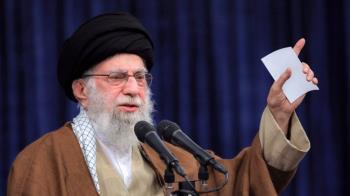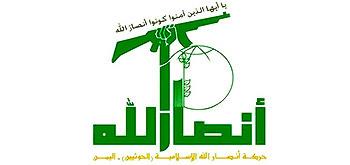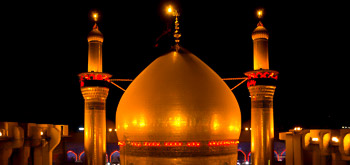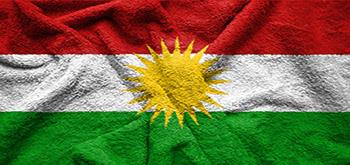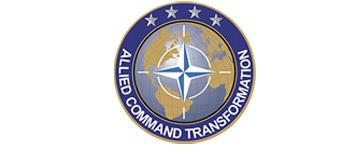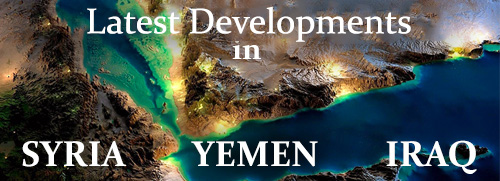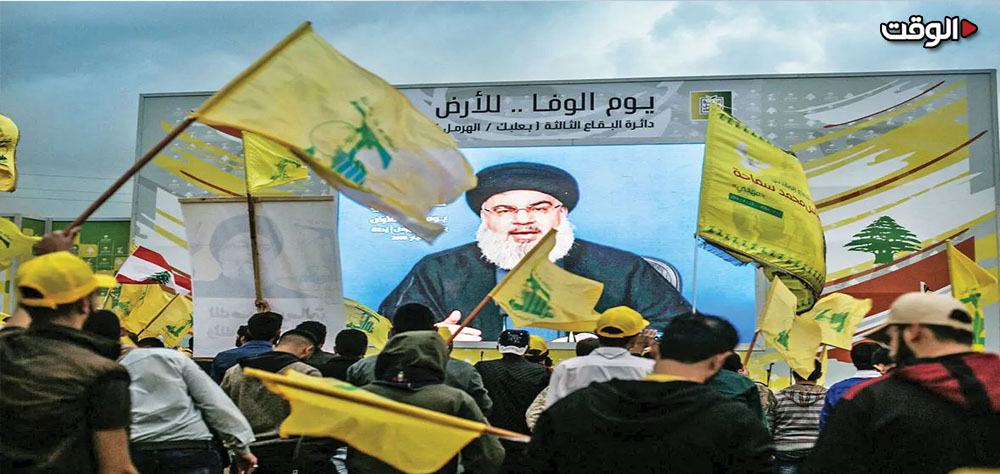Alwaght- Recently, Yemen's Al Bayda province has been the center of clashes between Ansarullah Movement and the Saudi-backed militants who are assisted by ISIS and Al-Qaeda terrorists. Saudi Arabia and the resigned President Abdrabbuh Mansour Hadi try to distract Ansarullah attention from Ma'rib liberation operation and cut the pressure on that front by spreading the fighting to various fronts.
Since Friday, fighting has been raging on several fronts in the province. The pressure is part of a new military operation launched by forces affiliated with Mansour Hadi, backed by al-Qaeda and ISIS terrorists, and accompanied by some Al Bayda tribes. The ground operation is covered by Saudi airstrikes, but the Yemeni army and popular committees were able to regain lost ground in their operations, inflicting heavy casualties on Hadi and al-Qaeda terrorists.
Why is Al Bayda significant?
Al Bayda is a forgotten province as the clashes in the past years have been focusing on strategically significant and oil-rich areas. It covers large tracts of territories of Yemen that are economically insignificant and has the least importance among Yemen observers. Over the years of war, it turned into a safe haven of Al-Qaeda and ISIS terrorists.
However, geopolitically, Al Bayda control can do much to help the controlling side in the war. The province borders eight provinces of Shabwa, Dhale, Abyan, and Lahij in the south and Ma'rib, Dhahmar, Sana'a, and Ibb in the north. Al Bayda strategic location, which provides access to other parts of the country, makes the fight over it momentous for both sides. Given this strategic position, the capture of Al Bayda is a turning point in the conflict. Al Bayda overlooks Dhahmar province south of Sana’a, and if Saudi mercenaries had succeeded in controlling it, they could have choked Ansarullah supply lines to Ibb, Taiz and Dhale fronts. Al Bayda recapture also could have provided a direct route for terrorists and anti-Yemeni mercenaries to join the Damat front in Dhale province and put pressure on Ansarullah forces. Also, the anti-Yemeni alliance is well aware that in case of Ansarullah control over Al Bayda after Ma'rib battle, advancing southward to Shabwa and Abyan would be certain. The unique and strategic position of Al Bayda will grant the holders keys for intensifying or scaling down the clashes in the open fronts in the eight provinces.
Al Bayda status in the war
Ansarullah pushed towards Al Bayda after the September 2014 revolution and before leaving for Aden, Taiz, Hudaydah, or any other province. Ansarullah's military prioritization of the Al Bayda indicated the province's strategic importance as well as knowledge of the history of its revolts against the central government. Hence, control of the province was put on top.
Ansarullah's strategy in dealing with the Al Bayda tribes is based on two elements: It recruits the fighters and backers from the tribes, especially those of Hashemites roots that return to the Prophet Muhammad, and keeps the peace with the neutral ones. Such a sophisticated strategy allows the movement to take control of the province without force and thus thwart the Arab and American schemes to embroil the tribes in the hostility against Sana'a.
Still, Al-Qaeda and ISIS hold camps in Al Bayda's separated areas, especially the mountainous regions linking the province to Abyan and Shabwa. Al-Qaeda is also present in Waled Rabi' district. Some of its commanders are from the tribes and tribal affiliations allow the terrorist group to get involved in the province's social activities, empowering the Saudis to hold a away over the relations of the tribes of the region and Sana'a. But ISIS with its non-Yemeni members has a tense presence in the region, with the Saudis and Emiratis using the terrorist group to intimidate the tribes and fight against Ansarullah and Yemeni army.
The disarray in the Arab coalition and the defeat they receive from Ansarullah and Yemen's army reveal a fact: ISIS and Al-Qaeda have turned into an infantry to the Saudis and Mansour Hadi. An alliance between these two sides is now definite in Ma'rib and Al Bayda. This, in turn, proves the emptiness of the Saudi and American slogans about trying to end the war and tending to resolve the Yemeni issue. Dhalfallah al-Shami, the information minister in the Sana'a-based National Salvation Government, in a statement revealed what is going on behind the military campaign, officially dubbed Operation Piercing Star, in Al-Dhaher region of Al Bayda, saying the it is led by the US while Washington claims it favors peace in Yemen.
"The operation proves that the aggression countries support the criminal actions waged by the Al-Qaeda and ISIS terrorists in various Yemeni provincss especially Al Bayda," al-Shami stated.


